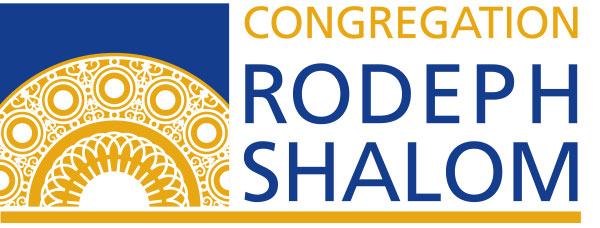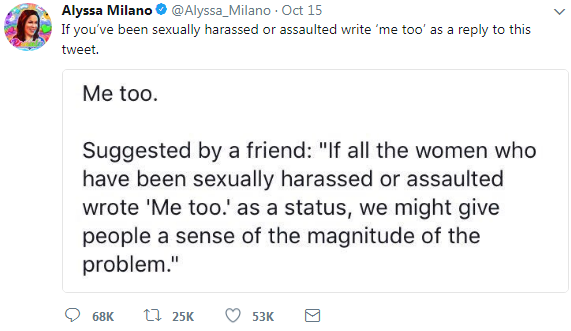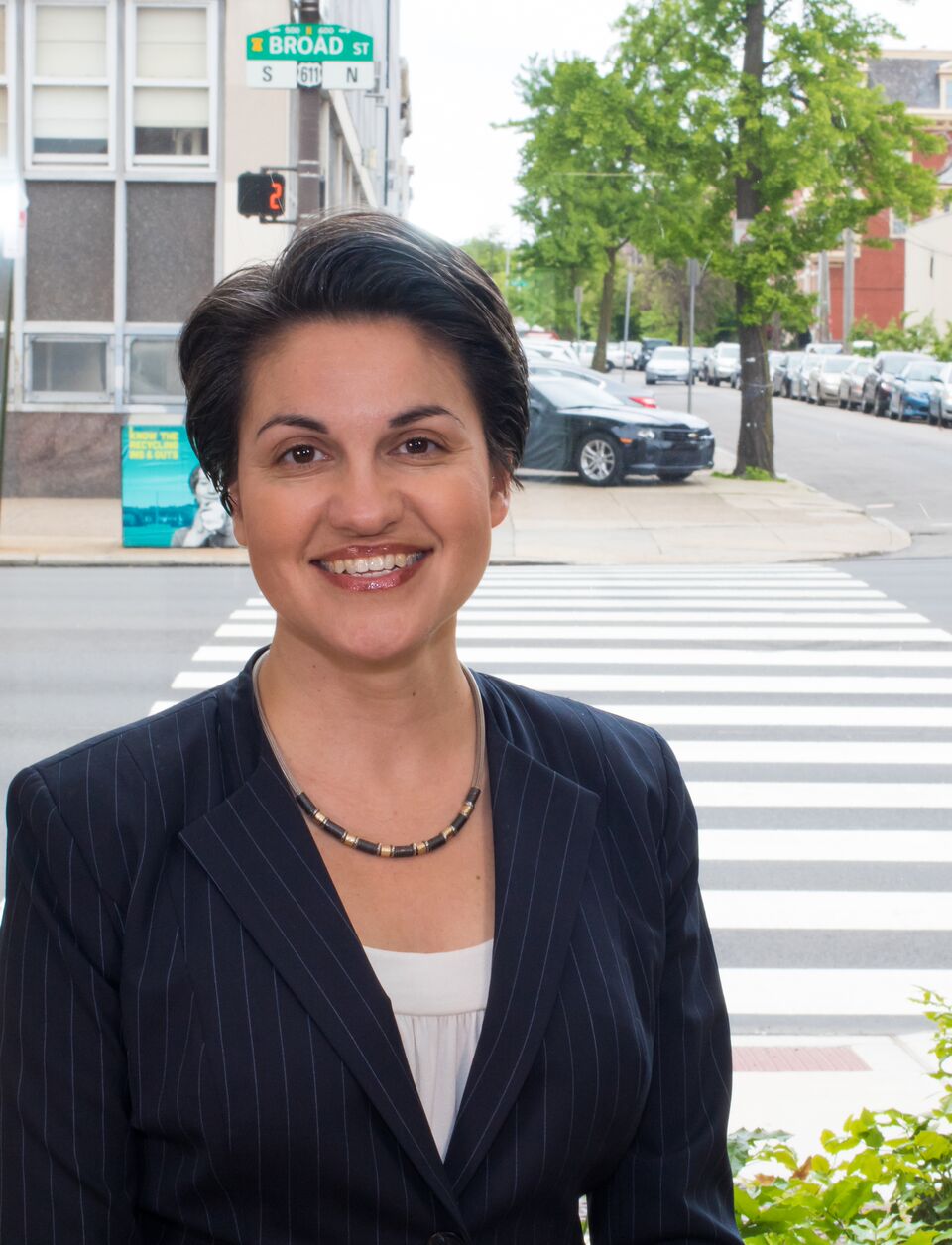Delivered by Rabbi Jill Maderer on Friday, July 31.
Eicha—how could this be. These are the first words of the Book of Lamentations, the biblical book read this past week on Tisha B’Av, the day of Jewish communal lamenting, for the destruction of the ancient Temple in Jerusalem. Beyond the destruction of the Temple, we assign the Jewish community’s every historical communal tragedy, to this 9thof Av in the Hebrew calendar—that’s yesterday… not because we believe all antisemitism, violence, loss actually happened on that day every year. But because our people has seen much tragedy, and our sages did not want us mourning every day of the year. So, we assign to Tisha B’Av, all of our communal mourning—the Temple in Jerusalem, the Spanish Inquisition, anti-Semitism in every generation, I’ll add even loss from the virus and isolation of COVID. And to start Lamentations we ask: Eicha—how could this be. This year, all the more so, Eicha.
Recent horrific anti-Semitic posts from multiple public figures—messages that bolster myths, and conspiracy theories perpetuated by the Nazis, as justification to destroy the Jewish people—these recent posts have compelled response statements from Jewish community leaders, from our own congregation, and from multi-faith blacks leaders. But, beyond the statements, it’s hard to know what to do.
Eicha—how could this be? Now here’s what is interesting: I think it’s not only Jews asking this question.
A couple of years ago, an ADL survey revealed that the majority of Americans do not have negative opinions of Jews; yet, 80% of Americans are worried for their Jewish neighbors’ safety and believe the Federal government needs to be involved in protecting Jews. So what do we make of that? If most Americans do not hate Jews, but are worried for Jews, what is worrying them so much? I suspect that most of these Americans, have people in their lives who have expressed anti-Semitism. Think about the impact these respondents could have if, instead of just worrying about us, they were instead, to speak up when they heard their neighbor’s hateful comment. Certainly, some do speak up. Yet I would guess they could do more.
How do we help everyday Americans speak up, when they are bystanders, to hate? How do we enlist their support, and move them to feel responsible in those moments? I believe, the more that everyday folks appreciate Judaism, know Jews, and care for us, the more they will be inclined to speak up. We have the opportunity to talk with our non-Jewish neighbors and colleagues, to proudly share our Jewish identity and experiences with them.
Consider the interactions you have every day. The people whose lives you touch. And consider how you can bring your full self—your full Jewish self—to those interactions. What would it look like to bring up in conversation, your Judaism, at every table at which you sit. Or metaphorical table– every Zoom! Every telehealth appointment. Every tech-support call. Every visit from the masked plumber. If it’s a time of recent anti-Semitic incident, such as it is now, mention that pain when someone asks how you’re doing. If it’s just before Shabbat or Rosh Hashanah, mention that, and what it means to you. If you don’t know what it means to you, learn more so that it means more. Give the world a chance to know you, and your Jewish self. The world needs to know you.
If that sounds exhausting, I’m with you. It is. All the more so we need Shabbat, to pause, uplift and comfort each other in holy time.
Immersed in Jewish time, today, on the Jewish calendar, the Shabbat following Tisha B’Av, we call Shabbat Nachamu, meaning Shabbat of comfort, named for the first words of the Haftarah, the prophetic reading this week.
The text begins: “Nachamu, nachamu ami / Comfort, comfort My people, says God.”
Comfort. Who is comforting whom? Comfort, comfort My people, says God.
A Midrash/ancient story teaches: instead of Nachamu ami/Comfort my people, read it, Nachamu immi/Comfort with Me. With God! Comfort, comfort together with Me! In human-divine partnership, we comfort each other. Yes, we do.
Another commentary teaches: Instead of Comfort My People, read instead, Comfort Me My people.! God needs us to comfort… God! In human-divine relationship, God needs us.
Are we comforting each other along with G? Or, Are we comforting God?
Perhaps we need not choose. Our sages believe there is never a wasted word. The word “comfort” here is repeated. Maybe it’s listed, the first time, to indicate our comfort of each other. The second time, to indicate that we comfort God. Room for both meanings.
Now, take it a step further. What if one aspect of comfort leads to the other… For me, uncertain what exactly God is in this world, I can imagine that–whatever God might be–God is actually comforted, more at peace, more whole, when we comfort one another.
Tonight, joining together with God as we comfort one another, hear the very last stanza of our Haftarah text, from the prophet Isaiah. At the end of Nachamu, it reads: Lift up your eyes, on high, and see. I hear the text telling me—don’t miss it. Don’t miss the holiness. Don’t miss the humanity and the divinity. Don’t miss the comfort. Don’t miss the presence. Don’t miss the oneness.
May we lift up our eyes, on high, and see…



